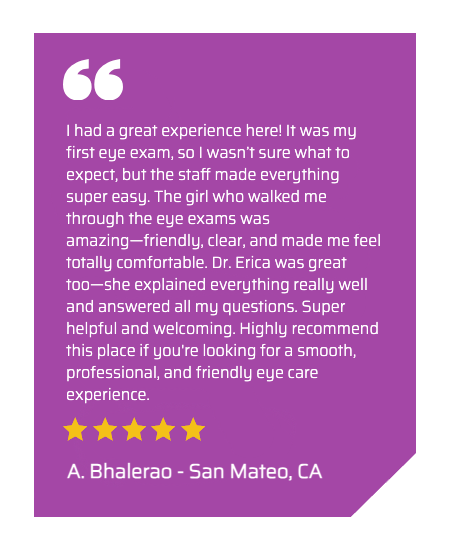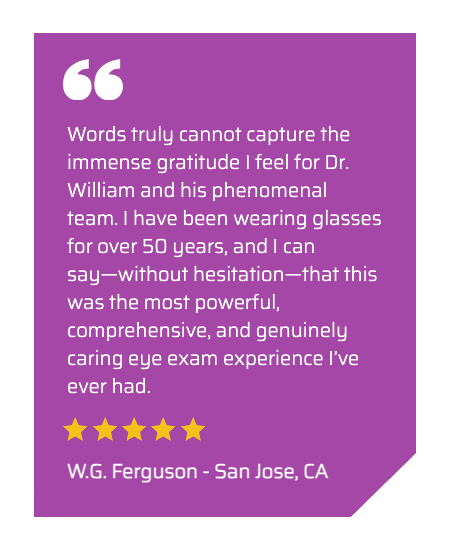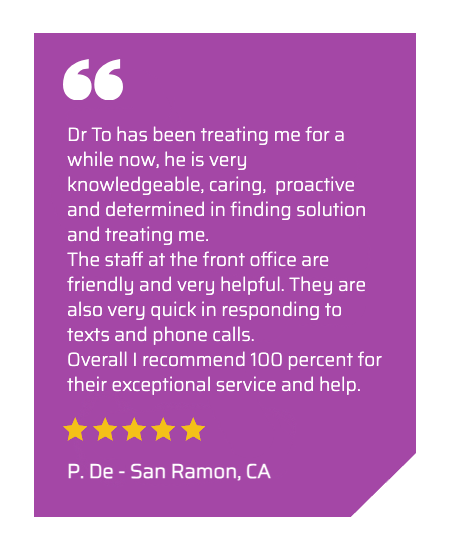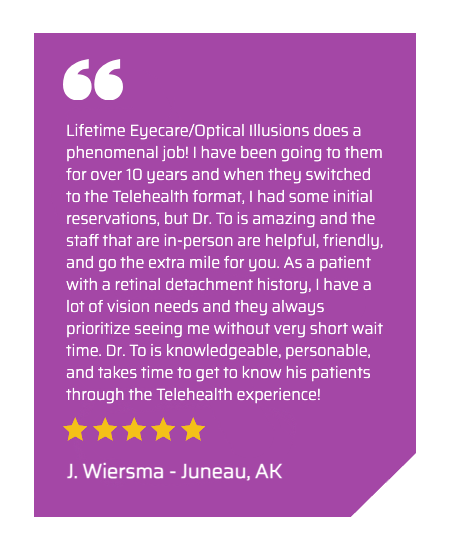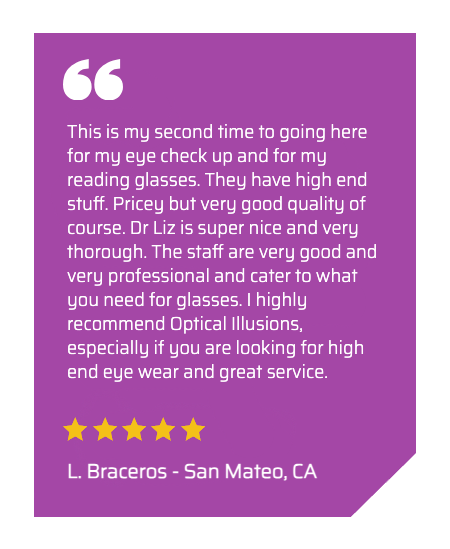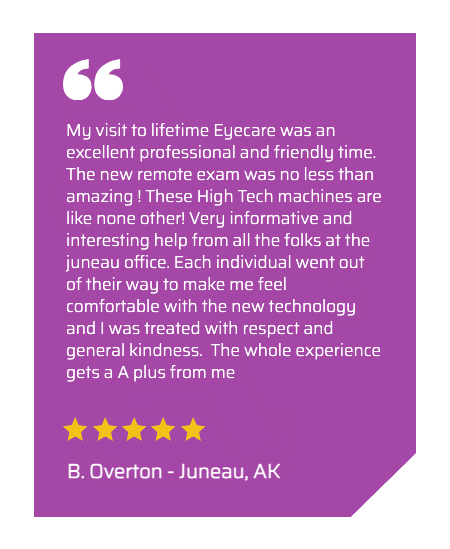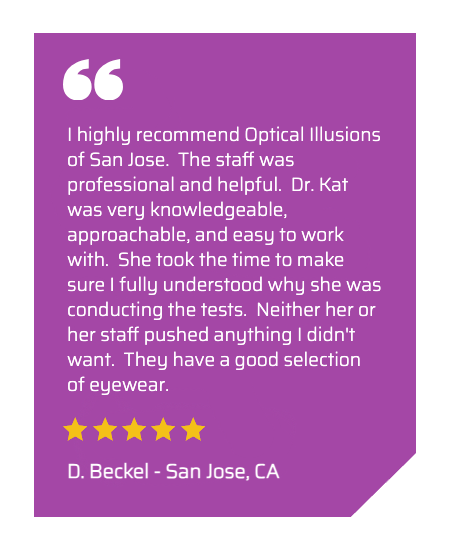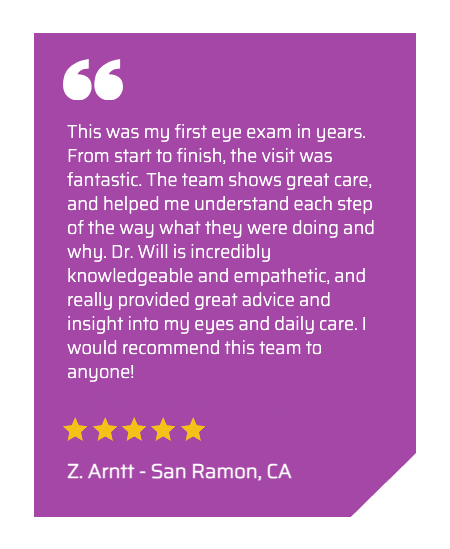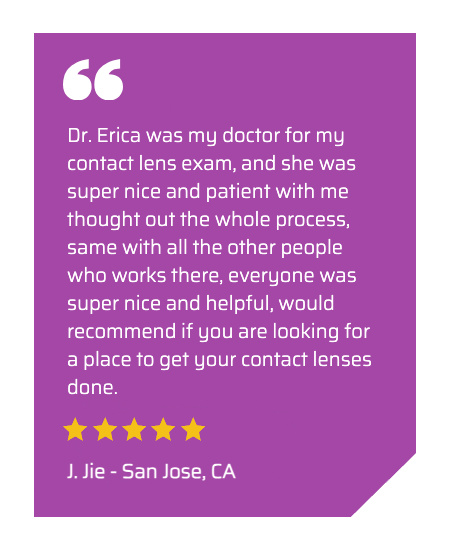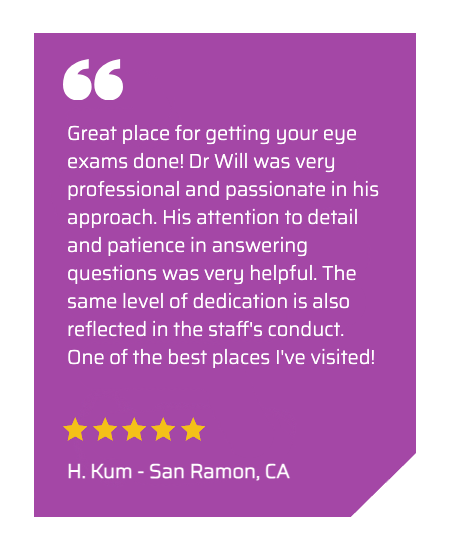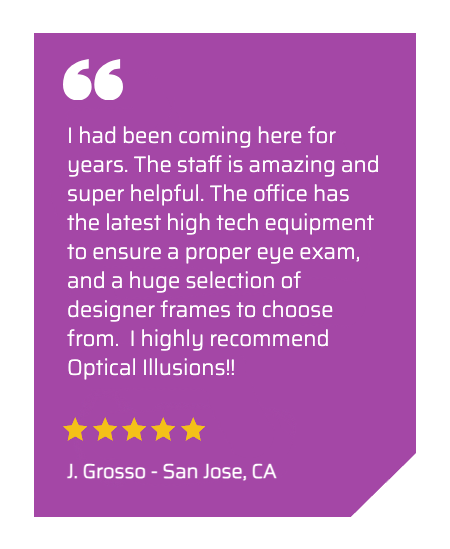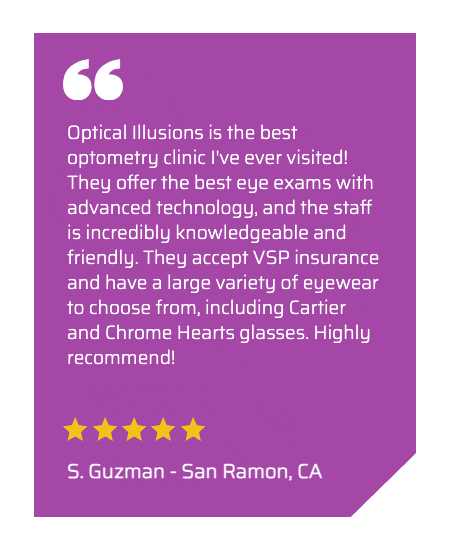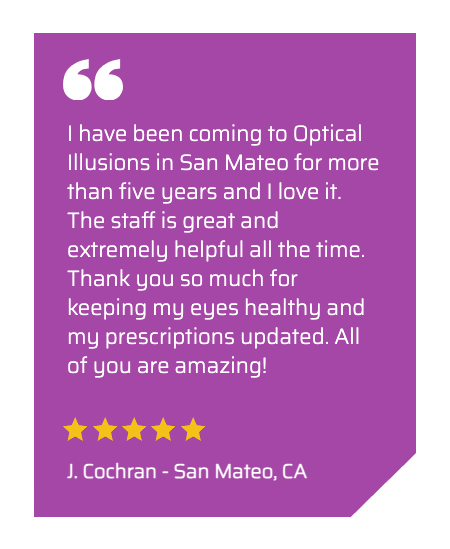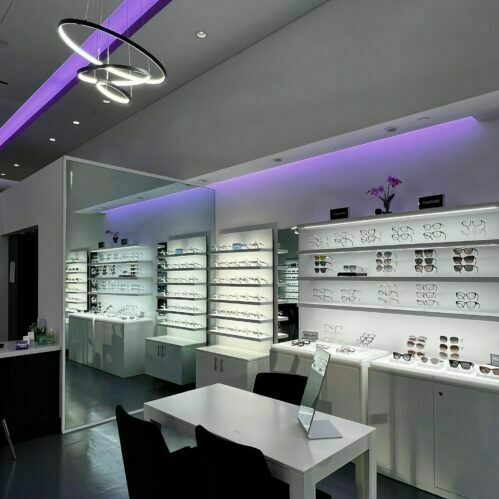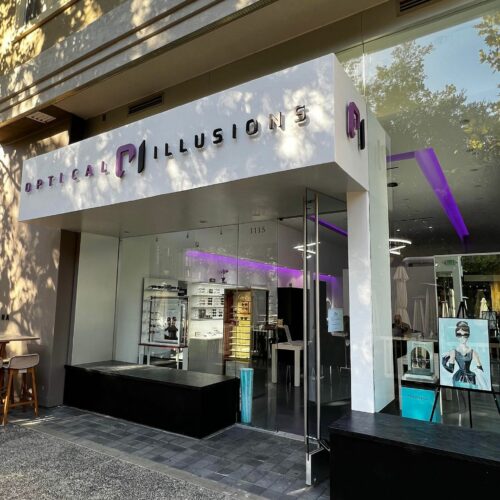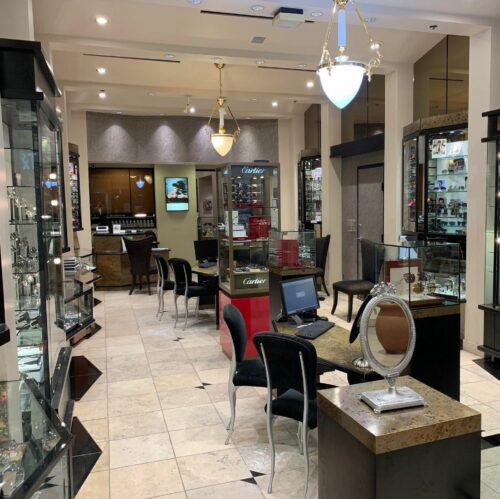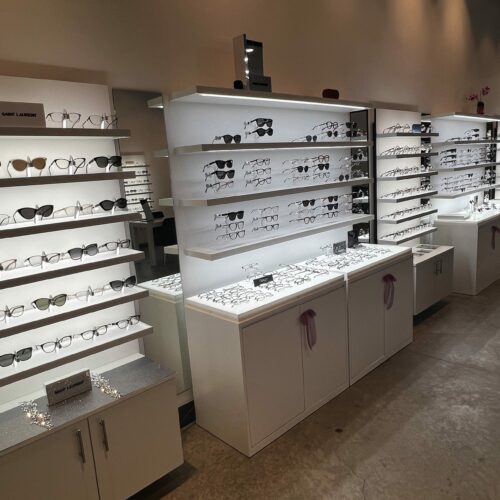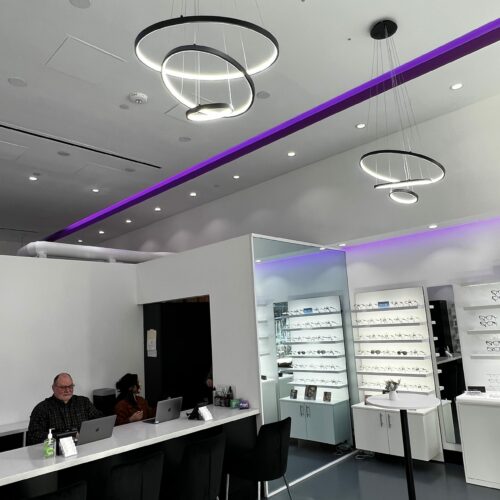Being able to see clearly at distance is something many of us take for granted…until we start needing glasses. Myopia, also known as nearsightedness, is rising globally, and understanding why it happens is the first step in slowing its progression. Optical Illusions: An Optometric Practice has compiled the list of Top 10 Causes of Myopia in 2025 that scientists and eyecare professionals commonly agree on, and what you can do about each one.
If you already have nearsightedness or are concerned your child might be developing it, a comprehensive eye exam with one of our Board-Certified Optometrists with our Myopia Management program is essential. If you’ve already had an eye exam this year, we commend you for taking care of your eyes. Otherwise book an appointment today.
Now, without further ado, here is the countdown ranking of the Top 10 Causes of Myopia:
Top 10 Causes of Myopia Countdown
10. Delay in Intervention
Without early detection and interventions (like orthokeratology, peripheral defocus contact lenses, myopia control optical lenses, atropine drops, or lifestyle changes), mild myopia can progress into high myopia, increasing the risk of retinal detachment, glaucoma, and macular degeneration later in life. The Low-Concentration Atropine for Myopia Progression (LAMP) Study found that high risk children can be started on myopia control treatments as young as 4 years old.
What to do: Start myopia control strategies early (such as orthokeratology, multifocal contact lenses, low-dose atropine, or lifestyle changes) rather than waiting until nearsightedness becomes moderate or high.
9. Indoor Lifestyle
Children in densely populated, urban areas show higher myopia prevalence than those in rural environments likely due to more indoor activities, less outdoor play, and increased near work.
What to do: Aim for daily outdoor time (1–2 hours or more) and encourage mixed indoor-outdoor scheduling.
8. Digital Screen Overuse
Extended screen time (computers, tablets, smartphones) increases near visual demand and decreases blink rate, both contributing to visual fatigue and potential myopic progression, especially in children.
What to do: Enforce the 20-20-20 rule (every 20 mins, look 20 feet away for 20 seconds), limit recreational screen time, and use ergonomic setups.
7. Poor Reading Habits
Reading in dim light, holding devices too close (<12 inches), or not taking visual breaks can strain the focusing system and promote myopic changes over time.
What to do: Use proper lighting, maintain a comfortable reading distance (14–16 in or more), and schedule visual breaks during long sessions.
6. High Intensive Near Work
Regions and families that emphasize intensive studying or long school hours without breaks have shown much higher rates of nearsightedness, suggesting that environmental and lifestyle pressures play a major role.
What to do: Balance study time with outdoor breaks, and incorporate vision rest periods, especially in younger children.
5. Early Onset of Myopia
The younger myopia starts (especially before age 10), the faster and higher it tends to progress. Early detection and management are critical to slowing long-term changes in eye growth.
What to do: Monitor vision early! Don’t wait for symptoms. Early detection helps implement control measures sooner.
4. Axial Elongation of the Eye
The physical cause of myopia is an eye that grows too long from front to back (axial length). This causes light to focus in front of the retina instead of directly on it, leading to blurry distance vision
What to do: Regularly measure the axial length of the eyes using advanced diagnostic equipment and use Myopia control methods that target slowing this axial growth (optics, pharmacology, behavior).
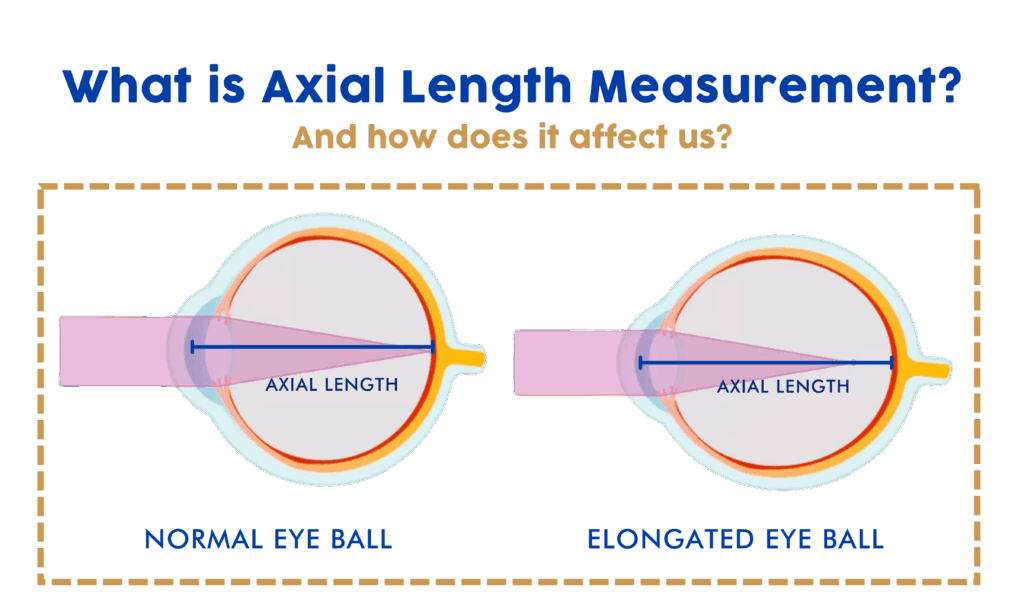
3. Low Exposure to Natural Light
Insufficient exposure to natural light has been strongly linked to myopia progression. Outdoor light helps release dopamine in the retina, which slows down excessive eye growth. Children who spend less than 1–2 hours outdoors daily are more prone to developing myopia.
What to do: Encourage all kids (and adults) to spend 1–2+ hours outdoors daily (sunlight exposure, under safe conditions).
2. Excessive Near Work (Reading, Close Vision Tasks)
Spending long hours doing close-up tasks, such as reading, studying, or using digital devices, increases the strain on the eyes and contributes to myopia development, especially in children and teenagers.
What to do: Limit continuous near work, insert regular breaks, and vary focal distances during the day.
1. Genetic Factors (Family History)
Myopia has a strong hereditary component. If one or both parents are nearsighted, the risk for their children developing myopia is significantly higher. Studies show that a child with two myopic parents can have up to a 6x greater risk.
What to do: Even with genetic risk, interventions (especially early) can still make a difference. Don’t assume “it’s inevitable”! Mitigation strategies still work.
Top 10 Causes of Myopia
Did you recognize some of the Top 10 Causes of Myopia in your child’s every day habits? Were they what you were expecting? Any surprises on the list?
Understanding the “why” behind myopia empowers you (or your patients) to take action before vision becomes an obstacle. While genetics play a key role, the modifiable factors (behavior, environment, and early treatment) are where we can intervene.
Ready to Stop Myopia in Its Tracks? Here are the top Myopia Management treatment options:
- Orthokeratology
- Peripheral Defocus Soft Contact Lenses
- Peripheral Defocus Optical Lenses
- Low-Dose Atropine Eyedrops
Choosing the right Myopia Management treatment is a blend of finding the right eye doctor who will work with you and your child and do what’s in their best interest.
Our Locations

Complete
Family Eye Exams

An eye exam is an essential part of preventive health care. At Optical Illusions: An Optometric Practice, we invest in industry-leading diagnostic technology that gives us an unprecedented view of your eye health and vision.
With this technology, we can provide truly personalized and comprehensive eye care to patients of all ages.
Access high-quality eye care from a team that genuinely cares.


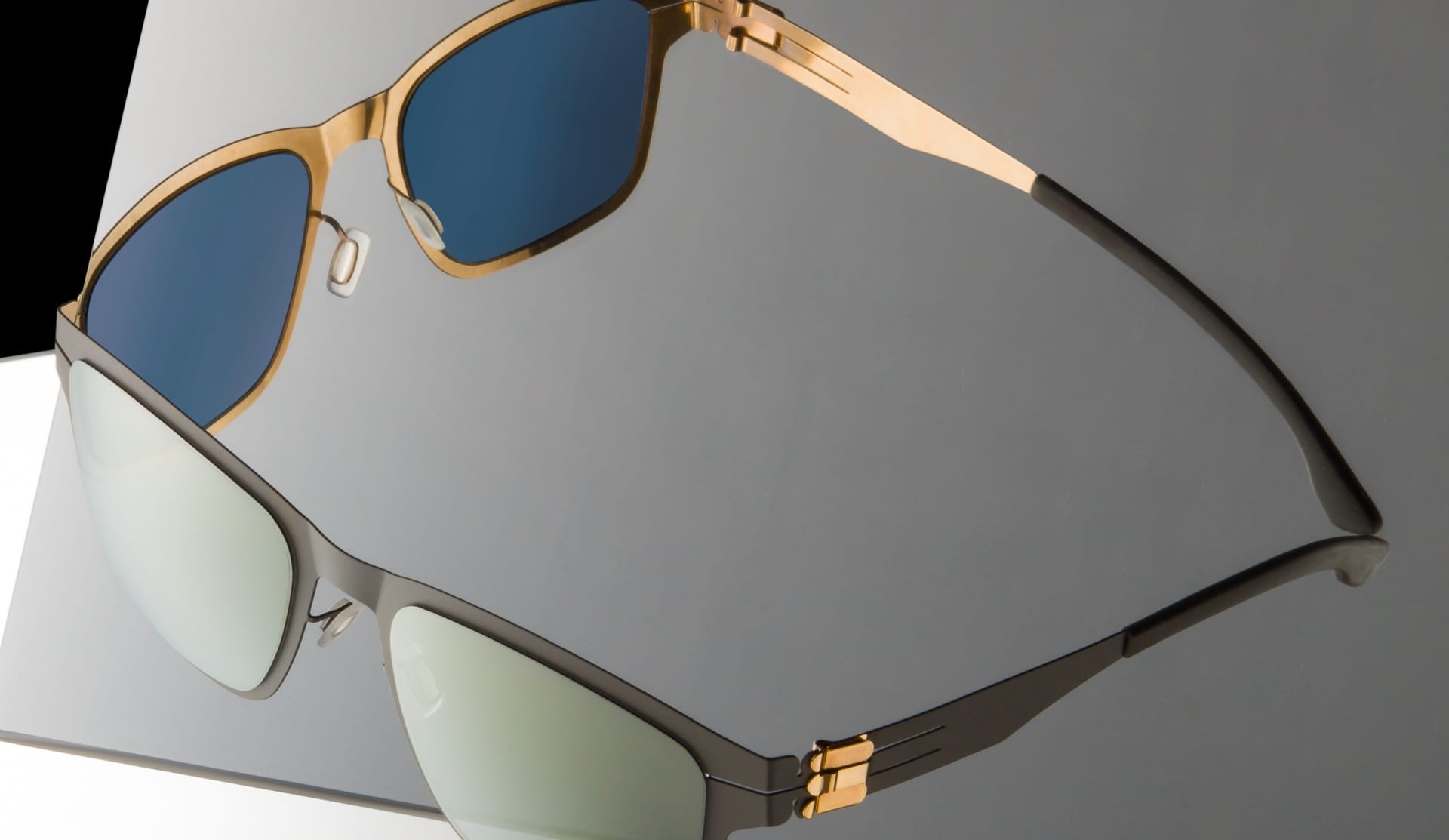
Our Brands







Our Reviews









